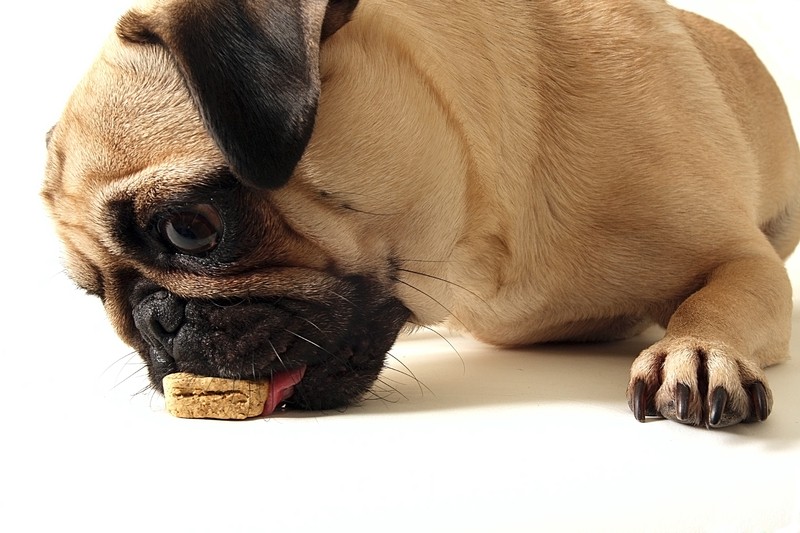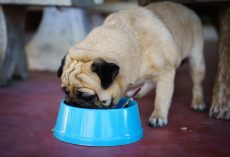Keep your pooch safe! Take note of these household items that can poison your doggy.
We all think that we know the basics of keeping our pets safe, and yet each year there are more than 100,000 cases of pet poisoning just in the United States.
1. Medications
The coatings on everyday meds appeals to dogs: it’s sweet like candy! Ibuprofen and naproxen are common causes of poisoning, especially in smaller dogs.2. Rodent Poison
Animals become ill and often die after eating poison intended for rats and mice. They may also be the target of secondary poisoning if they eat the rodents that have themselves ingested the poison. The ingredient bromethalin is the culprit, and animals effected will show symptoms in anywhere from two days to several weeks.3. Chocolate
A chocolate chip cookie can cause big problems for a little dog, and a larger bite of chocolate is trouble for a big dog. If your dog eats chocolate – especially the darker kinds – call your vet right away.4. Poisonous Plants
Beautiful, and often common, house and garden plants can be extremely toxic to pets, causing vomiting, drooling, increased heart rate, seizures, coma, and even death. The ASPCA provides a complete list of plants to watch out for that includes lilies, oleander, autumn crocus, chrysanthemum, and English ivy.5. Household Chemicals
Common household products can poison your pet, with toxicity severity ranging from mild to life-threatening. Detergents and fabric softener sheets can cause ulcers in the mouth and stomach, and household cleaners like bleach, drain and toilet bowl cleaners, and ammonia are also dangerous.6. Snail Bait
Metaldehyde is an ingredient in slug and snail bait (and sometimes used as solid fuel in camp stoves) that is poisonous to dogs, primarily affecting their nervous system.7. Toxic Toads
The Colorado River toad and the giant/marine toad are the two most common toads found in the United States, and their skin is covered in a protective poison, toad poison is highly toxic to dogs and frequently fatal if not treated. Remove poison from the mouth by directly flushing with a garden hose and get your pet to a vet immediately.8. Insecticides
A range of symptoms are associated with insecticide poisoning: fever, vomiting, anorexia, depression, muscle tremors, constricted pupils, increased heart rate, and respiratory failure are just a few.9. Heavy Metals
Metal poisoning can occur in several ways: breathing polluted air or lapping up contaminated water, licking a paint can, or even consuming large amounts of food and water that are treated with certain chemicals like chlorine.10. Antifreeze
Dogs seem to love the smell and taste of antifreeze and it is one of the most frequent types of pet poisoning. It’s sweet, and dogs love sweet things. It’s the ethylene glycol that makes this product – and others like hydraulic brake fluids – so lethal.If you need help or more information, call your own veterinarian or the ASPCA’s Animal Poison Control Center’s 24-hour hotline at 888-426-4435.
Keeping your home safe from your pooch is easy now that you know what can potentially poison your doggy. Don't forget to watch out for any symptoms if you think your doggy might be poisoned.
For more information on household poisons and keeping your doggy safe, visit DogTime.









